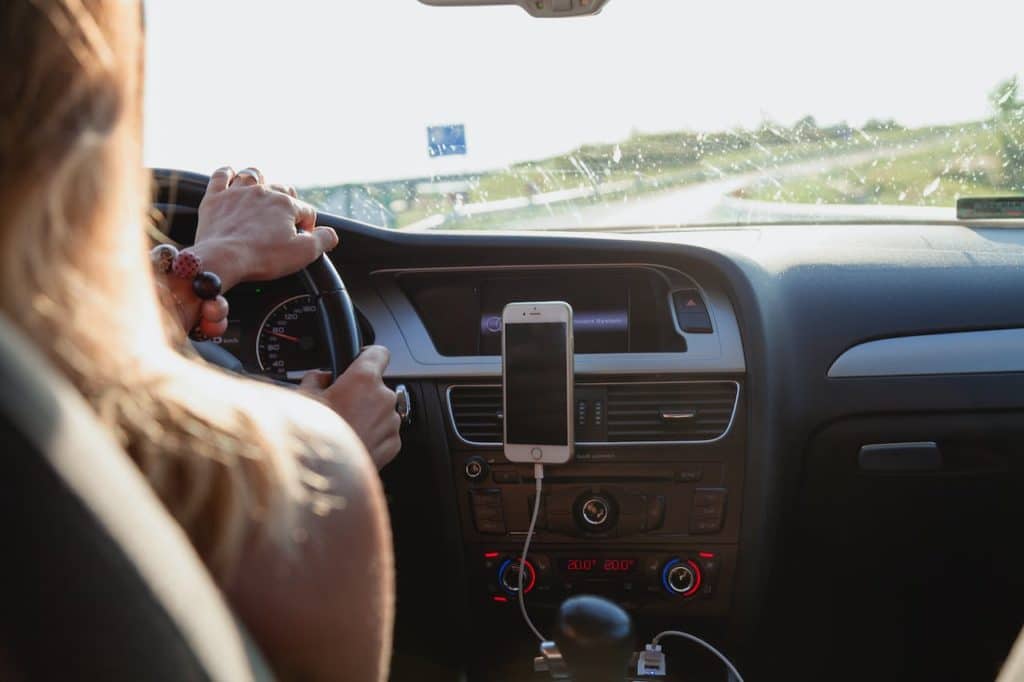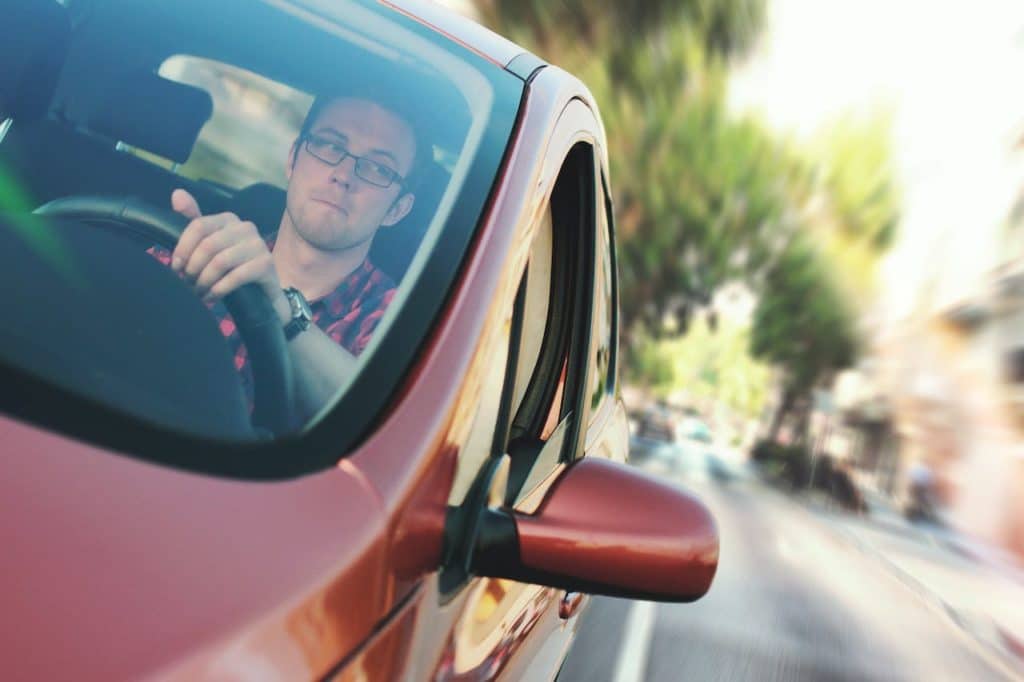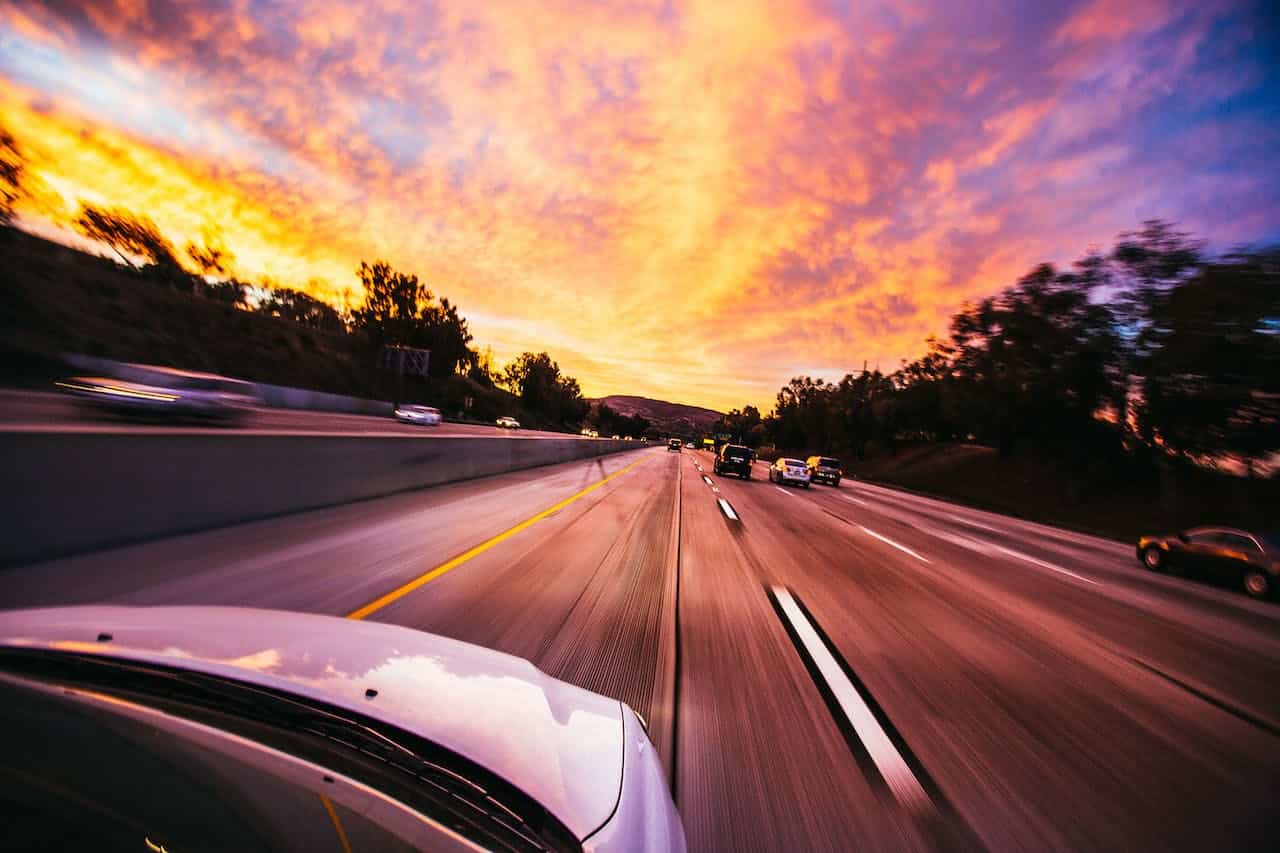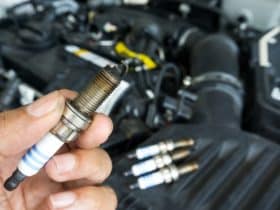Car filtering, in essence, involves maneuvers where drivers seek gaps between slower-moving vehicles to maintain or increase their speed. Often illustrated in scenarios of heavy traffic, this strategy can play a pivotal role in streamlining the flow of vehicles. We often encounter roadworks – a scenario that induces significant traffic. This article examines whether car filtering contributes to quicker transit in situations of roadworks while weighing in the associated pros and cons.
What is Car Filtering?
The principle of car filtering lies in being proactive to maintain the flow of traffic. Cars are able to maneuver and “filter” through traffic by exploiting the spaces to keep themselves moving. This concept is especially beneficial in situations where the pace of traffic is severely interrupted, such as during peak hours or when roadworks are present.
Car filtering is commonly observed in instances of heavy traffic or roadworks where lanes might be closed off, and waiting lines are long. One of the benefits this maneuver brings is that it ensures a consistent flow and helps avoid completely stagnant lines of vehicles.
The Impact of Car Filtering on Roadworks Traffic
Roadworks, particularly in significant lanes or highways, can severely disrupt traffic flow, leading to long lines and delayed journeys. Extended redirection, lesser available lanes, and slower speed limits are typical issues that aggravate traffic congestion in roadworks scenarios.
Car filtering could be one of the potential solutions to these problems. By constantly moving, vehicles can maintain a steady flow, even when the volume is heavy. It can redistribute the traffic between lanes, shortening waiting lines in any particular lane, thereby leading to the possibility of quicker transit times.

Studies and Research on Car Filtering in Roadworks
Several studies shed light on the effectiveness of car filtering in circumstances like roadworks. For instance, a 2014 report from the Transport Research Laboratory showed that when both motorcyclists and drivers utilize car filtering, traffic congestion and commute times are reduced noticeably.
Another research conducted by the Belgian Road Safety Institute corroborates this viewpoint. The study revealed that if 10% of car drivers were to start filtering, congestion could be reduced by as much as 40%.
Pros and Cons of Car Filtering in Roadworks
Car filtering during roadworks indeed comes with a set of perks as well as drawbacks. On the positive side, its obvious advantage is the decrease in queue length and commute times. Additionally, it empowers drivers with proactive decision-making, providing a psychological advantage of retaining control during traffic congestion.
On the flip side, car filtering can enhance the risk of collisions, particularly in roadworks scenarios where space constrictions are already existing. Moreover, a disparity in speeds can often lead to additional traffic problems and road safety hazards.
Relevant Laws and Regulations
The rules surrounding car filtering are often condition oriented and can vary considerably between different jurisdictions. While in certain areas, the method is legally permitted and sometimes even encouraged, it can also be seen as dangerous and hence restricted in other jurisdictions.
It’s essential to know local traffic laws and regulations regarding car filtering, especially in roadwork areas, to ensure safety and legality.

Case Studies
The positive impacts of car filtering can be exemplified by a case study in California, USA, where lane-splitting (a type of car filtering) is legally allowed and typically practiced. The State Highway Patrol reported a decrease in traffic congestion, particularly in roadworks areas, whenever this filtering technique was implemented.
Contrariwise, a case study in New South Wales, Australia, showed the potential difficulties with car filtering. Even though it’s legal in the area, confusion among drivers and frequent incidents occurred when the practice was initially introduced as not all drivers were familiar with how to filter safely.
Conclusion
Into the bargain, car filtering is a complex subject with merits and demerits. While it has the potential to speed up traffic flow in roadworks scenario, it can also lead to safety concerns and increased chance of collisions. It also crucially depends on the understanding and cooperation of all drivers involved.
From a personal viewpoint, car filtering might quicken the pace of transit in roadworks, provided it’s executed safely, confidently, and within the bounds of locality-specific laws. However, more public awareness and proper implementation of the method are essential for achieving the intended benefits.


















